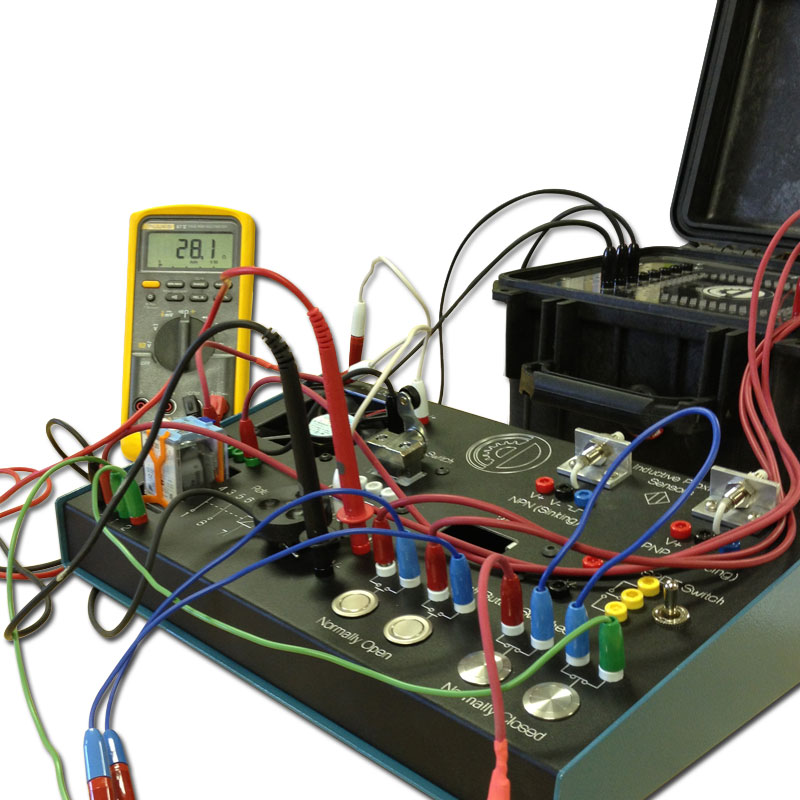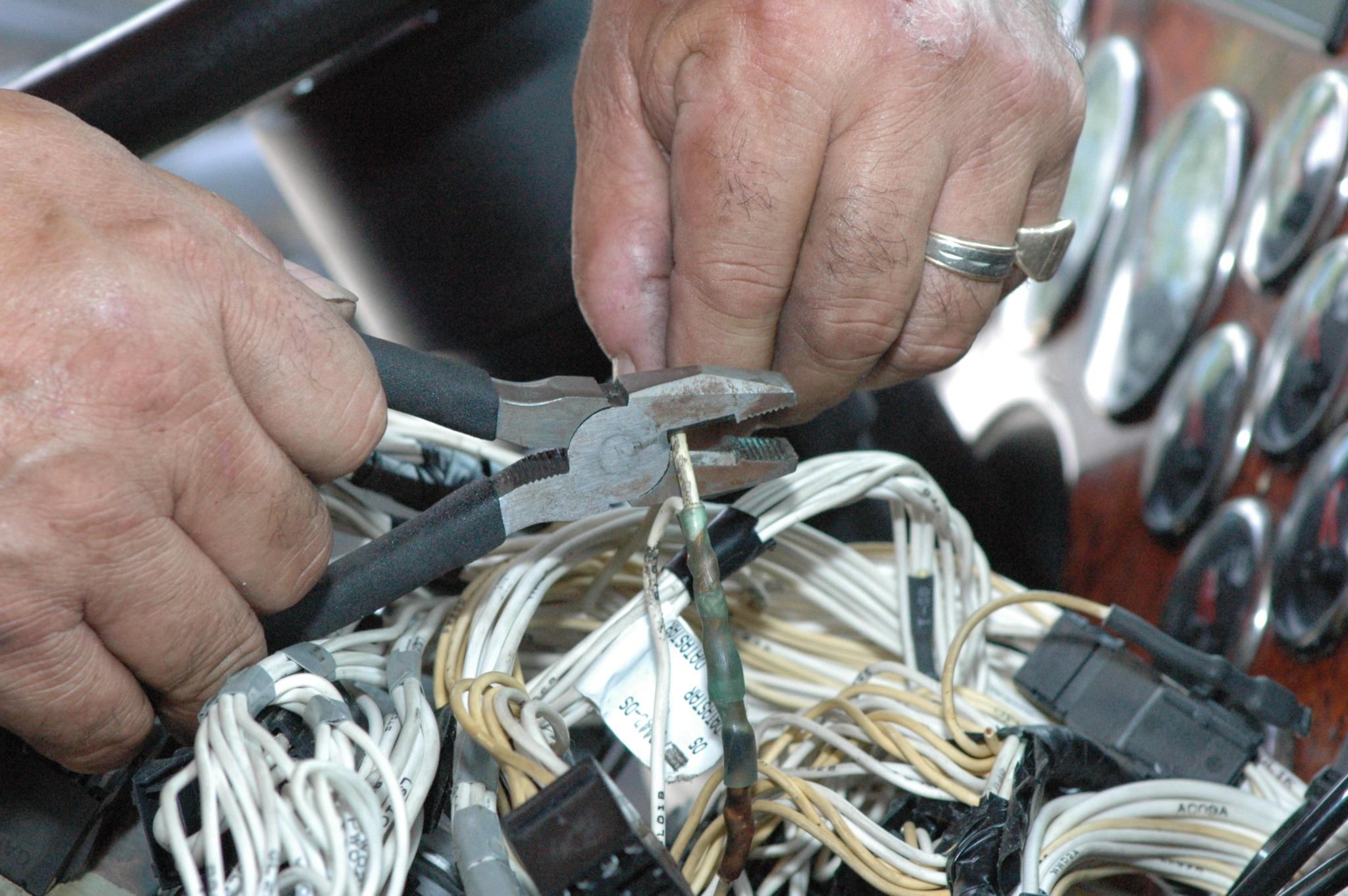Advanced technical support for electrical industry for growth and progress.
Advanced technical support for electrical industry for growth and progress.
Blog Article
Top Tips for Effective Electric System Troubleshooting
Repairing electric systems requires a systematic method, based in an extensive understanding of electric principles and security methods. By familiarizing oneself with circuit parts, using important devices, and adhering to a structured assessment method, specialists can effectively identify and resolve concerns. The subtleties of efficient repairing extend past plain technical understanding; comprehending exactly how to document findings and prioritize safety and security can significantly influence results. As we explore these crucial aspects additionally, it comes to be clear that mastering this process is not just helpful however essential for success in the field.
Understand the Basics
Recognizing the basics of electrical systems is important for effective troubleshooting, as a solid foundation permits specialists to detect and fix problems much more efficiently. An extensive grasp of electrical principles, such as voltage, present, resistance, and power, is important in determining the origin of troubles. Voltage is the electric prospective difference that drives existing via a circuit, while resistance opposes the flow of existing, influencing the general functionality of the system.
Familiarity with circuit components, including resistors, capacitors, diodes, and changes, is also critical. Each element plays a distinct function in circuit habits and can influence efficiency when malfunctioning. Furthermore, comprehending series and identical circuit configurations is crucial, as these setups influence the circulation of voltage and existing within the system.
Specialists need to be conscious of possible hazards, such as shock and short circuits, to execute safe troubleshooting practices. By mastering these foundational principles, technicians enhance their ability to conduct effective diagnostics and repair work, eventually leading to enhanced performance and dependability of electrical systems (electrical system troubleshooting).
Gather Necessary Devices
Effective troubleshooting of electric systems calls for the appropriate collection of devices to detect and deal with problems precisely. A well-appointed professional can significantly enhance efficiency and performance in identifying problems. Crucial tools include a multimeter, which measures voltage, existing, and resistance, permitting specific evaluations of electric elements. Clamp meters are also valuable for gauging present without disconnecting the circuit, ensuring safety and security and ease.
Furthermore, insulated hand devices such as screwdrivers, pliers, and cable strippers are critical for safely manipulating electric connections. It is likewise recommended to have a circuit tester accessible to validate the visibility of voltage in electrical outlets and cords. For even more complex systems, a thermal imaging electronic camera can assist detect overheating parts, showing prospective failures.

Adhere To a Systematic Method
Having gathered the proper tools, the next action in fixing electric systems is to adhere to an organized strategy. A systematic approach makes certain that technicians can recognize faults effectively and precisely, reducing downtime and stopping unnecessary repair services.
Begin by reviewing the system's schematic layouts and requirements. This involves checking each component methodically, beginning from the power source and working in the direction of the tons.
Utilize screening devices, such as multimeters and oscilloscopes, to gather unbiased data regarding voltage, current, and resistance at numerous points within the system. This empirical proof will certainly guide your troubleshooting efforts and help to validate or eliminate potential sources of failure.
In addition, think about environmental elements that might influence the system's efficiency, such as temperature variations or wetness access. A thorough examination of electrical wiring, links, and elements will certainly guarantee that all opportunities are represented.
Record Your Searchings For
Extensive documentation is necessary in the troubleshooting process of electric systems. Accurate records improve the effectiveness of recognizing repeating internet concerns and facilitate communication amongst staff member. Each finding must be meticulously noted, consisting of signs and symptoms observed, tests carried out, and the end results of those tests. electrical system troubleshooting. This method not just aids in comprehending the origin of the trouble but additionally functions as a referral for future fixing initiatives.

In addition, preserving a log of parts replaced or repairs executed is very useful. This info sustains supply monitoring and can assist assess the durability and integrity of details elements.
Eventually, the documentation procedure ought to be extensive yet concise, making it possible for simple retrieval and testimonial - electrical system check here troubleshooting. By prioritizing detailed documents, service technicians can produce a valuable data base that not only aids in current troubleshooting yet also encourages future maintenance initiatives, thus boosting overall system integrity

Prioritize Safety And Security Procedures
Recognizing the integral risks connected with electrical systems is vital for ensuring security throughout troubleshooting. Electric shock, burns, and devices damages are just a few of the prospective threats that specialists encounter. Focusing on go now precaution is not just a legal commitment but likewise an ethical vital that safeguards both the professional and the surrounding environment.
Before beginning any kind of troubleshooting job, technicians ought to put on proper individual safety tools (PPE), consisting of shielded gloves, safety and security glasses, and flame-resistant clothing. Guaranteeing that the workspace is completely dry and without clutter can substantially minimize the threat of crashes. It is crucial to de-energize circuits prior to starting any kind of work, validating that they are not live through the use of a multimeter or voltage tester.
Establishing clear communication protocols with employee is additionally essential; this ensures that everyone is aware of potential hazards and the standing of the electric system being dealt with. Finally, having an emergency action plan in position can prove important in case of an incident. By prioritizing precaution, specialists can effectively minimize dangers and foster a more secure office.
Final Thought
Effective electric system fixing relies on a comprehensive understanding of essential principles and a systematic method. By collecting necessary tools, sticking to methodical evaluation methods, and meticulously recording findings, the fixing process ends up being more reliable and trustworthy. Prioritizing safety actions guarantees the health of individuals included and the honesty of the electrical system. Carrying out these strategies will certainly boost the troubleshooting experience, causing quicker resolutions and improved operational performance in electrical systems.
Report this page